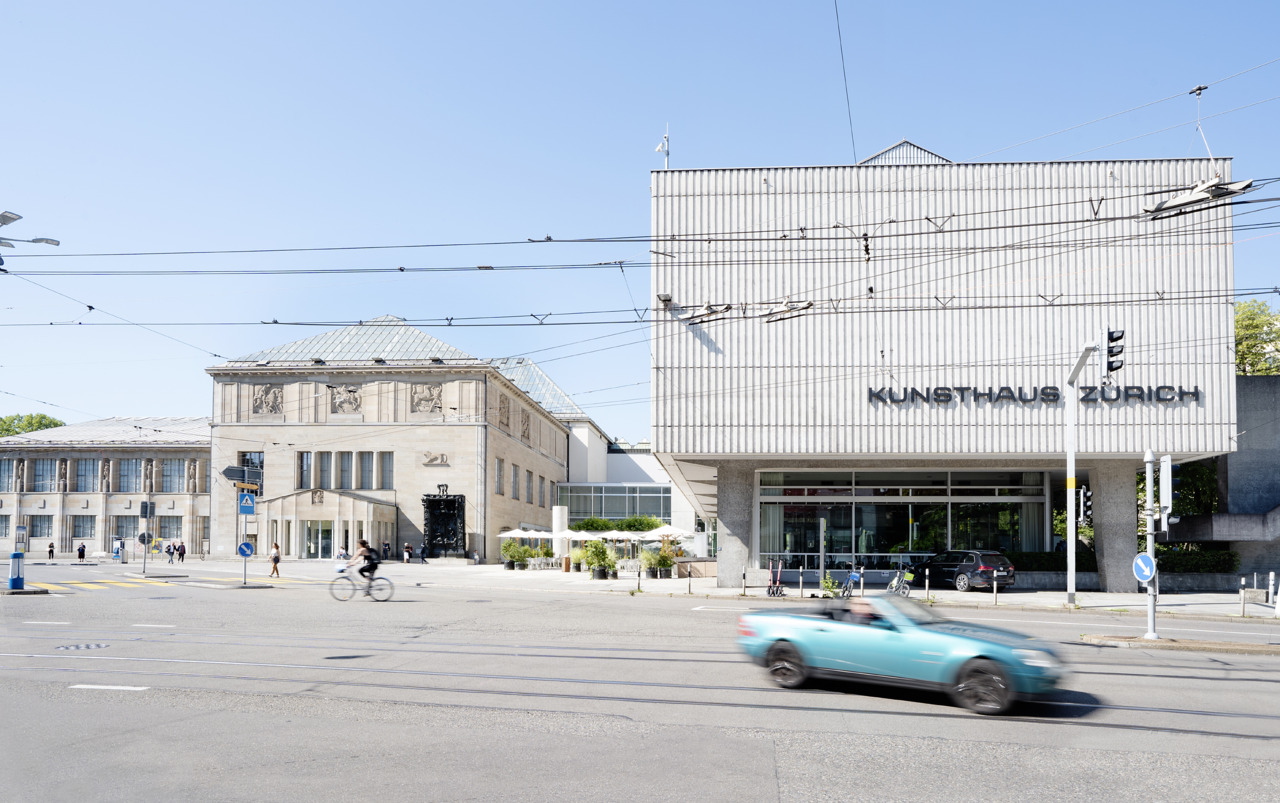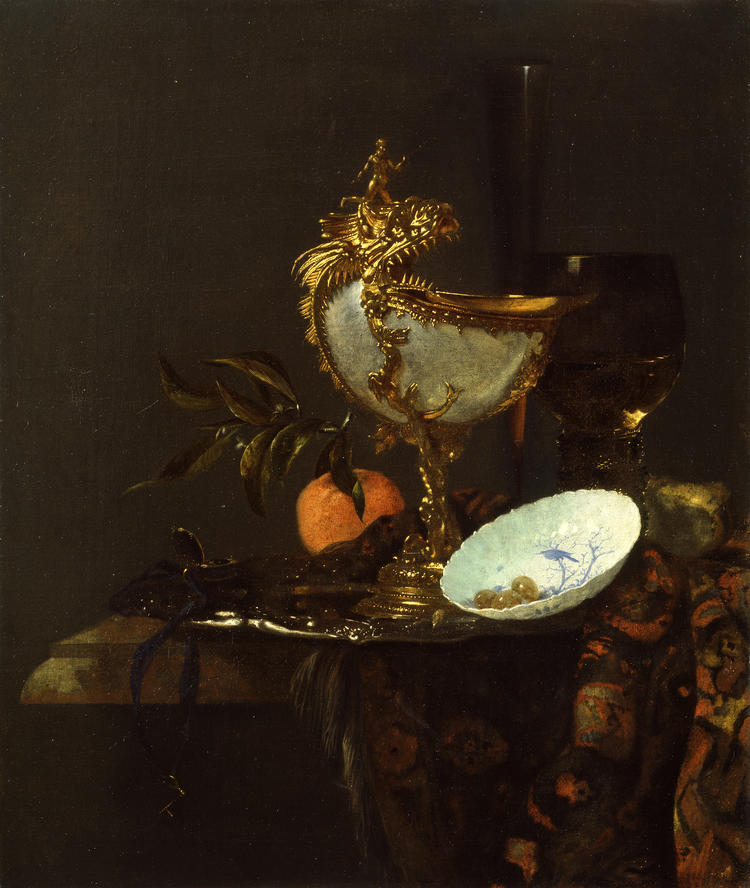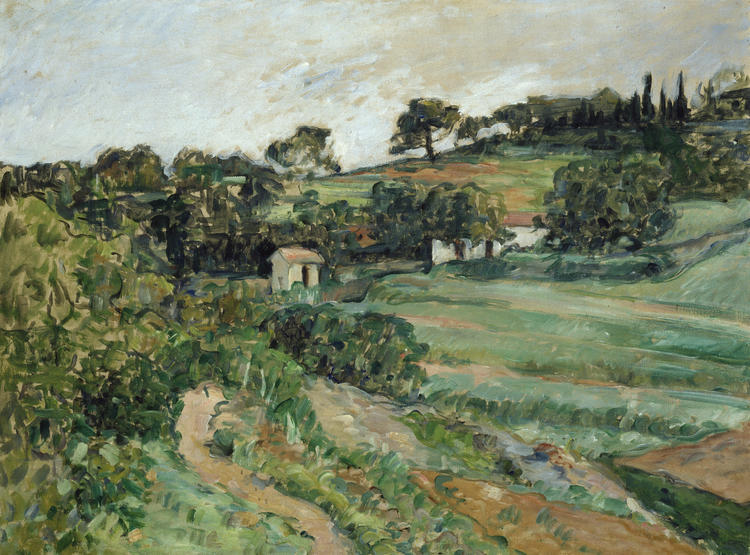Expert criticizes Provenance Research of the Bührle Collection

The Emil G. Bührle art collection has been the subject of intense debate in Zurich for several years. The conflict is much older than the new building extension to the Kunsthaus Zürich, but it has become particularly heated with its opening in October 2021, when the collection was presented to the public.
Two factors combine in this conflict: the origin of Emil Bührle’s fortune and the origin of his paintings. Both have to do with Nazism and the Holocaust. Bührle profited from the sale of weapons to Nazi Germany as well as indirectly from forced labor in Nazi concentration camps and directly from – in name only – “welfare” Swiss institutions in which women were forced to work.
Emil G. Bührle amassed his collection in the years 1936–1956. At that time, numerous works were traded on the art market that had been looted from Jewish collectors or that they had been forced to sell under pressure and persecution. These artworks, the enormous overall number of which is still not known with precision even today, are part of the history of the persecution and murder of European Jews. The Holocaust was both a murder coupled with a robbery that largely wiped out the culture of European Jews. For this reason, works that were taken from their former Jewish owners because of Nazi persecution are still the subject of intense debate today. This discussion is not limited to former Nazi Germany and the territories occupied by Germany but extends to many other countries – including Switzerland. In Switzerland, a particularly large number of the artworks looted during the Holocaust were either traded here as looted art or sold under duress by Jewish exiles during their flight from war.
Against this background, the City of Zurich (Department of the President), the Canton of Zurich (Ministry of Justice and of Interior) and the Zurich Society of Fine Arts set up a round table on August 24, 2022. Under the leadership of Prof. Dr. Felix Uhlmann, on January 16, 2023, the Round Table recommended negotiting a mandate agreement with Prof. Dr. Raphael Gross to review the provenance research of the E. G. Bührle Collection Foundation. On May 12, 2023, the mandate was awarded to independently and scientifically evaluate the provenance research carried out to date by the E. G. Bührle Foundation Collection Foundation. The mandate follows a previously commissioned study by Prof. Dr. Malhieu Leimgruber: Kriegsgeschäfte, Kapital und Kunsthaus. Die Entstehung der Sammlung Emil Bührle im historischen Kontext, which was published in November 2020 but by no means ended the debate on the handling of the Bührle Collection. Questions also arose about the independence of its completion.
The first chapter of the mandate report presents the historical context and the legal discussion in the years since 1998. At that time, the Washington Conference, with broad international participation, adopted recommendations on how to deal with Nazi-confiscated works. Since then, the Washington Principles have had the status of “soft law,” i.e. they are moral commitments without being legally binding. Central to the first chapter is the special situation of Switzerland, where both confiscated cultural property and cultural property sold as a result of persecution were traded.
The second chapter alempts to trace the way in which the research of the E. G. Bührle Collection Foundation was conducted and to examine its sources, methodology, accuracy, standards, historical contextualization (previous Jewish ownership) and independence. The topics of sources, previous Jewish ownership, and accuracy were at the center of the review. On the maler of previous Jewish ownership, it can be concluded that 62 of the 205 works appear to have belonged to previous Jewish owners during the Holocaust. In the review, particular emphasis was placed on the categories and so-called criteria used by the Foundation. These categories and criteria led the Foundation to classify 203 works as unproblematic, namely in category A (fully researched, unproblematic provenance, 113 works) and in category B (not fully researched provenance, but with no indication of problematic connections, 90 works). What is serious is the realization that category B of the E. G. Bührle Collection Foundation leads to false results in its entirety. In any case, the 90 works that the Foundation has classified in this category B should therefore be re-examined. This is because the lack of evidence of a problematic change of hands was sufficient for the Foundation to classify them in category B. As a result, works with particularly incomplete provenance were classified by the Foundation as unproblematic.
Chapter 3 deals with the following five works as examples:
1. Vincent van Gogh, Head of a Peasant Woman, 1885 (inv. no. 52)
2. Willem Kalf, Nautilus Bowl, c. 1600 (inv. no. 153)
3 Paul Cézanne, Landscape, c. 1879 (inv. no. 12)
4 Paul Gauguin, The Path, 1848 (Inv. no. 48)
5 Paul Cézanne, Madame Cézanne with the Fan, 1879/88 (inv. no. 16)
It is evident that none of these five works has been historically researched in such a way that the results meet the objectives of the Kunsthaus Zürich: The stories of the numerous Jewish collectors behind the works and their fates are barely mentioned in the research carried out to date by the
E.G. Bührle Collection Foundation. Research is also often so superficial that decisive indicators are overlooked. In the case of Vincent van Gogh’s Head of a Peasant Woman (inv. no. 52), the fact that the work was offered for auction in 1932 but remained unsold was not acknowledged. At the same time, the fact that the 1932 owner, Gustav Schweitzer, was a Jewish collector did not merit research. He still possessed the work after 1933. This fundamentally changes the perspective compared to previous research. It remains unclear whether the Head of a Peasant Woman was taken from Gustav Schweitzer after 1933 because of persecution. The history of the artwork is still so litlle researched that even the in-depth examination was unable to provide conclusive clarification.

Vincent van Gogh, Head of a Peasant Woman 1885
The provenance of the Nautilus Bowl (inv. no. 153) by Willem Kalf has also only been researched very sporadically for the years 1933 to 1945. The painting was sold at a Berlin auction in 1935. It is not known who acquired the painting at this auction. Emil Bührle acquired the painting in London in 1955. Nothing is known about the whereabouts of the painting between 1935 and 1955.

Willem Kalf, Nautilus Cup ca. 1660
The case is somewhat different with a work by Paul Cézanne, Landscape (inv. no. 12). This belonged to persecuted Jewish collectors, the spouses Berthold and Martha Nothmann. After the war, it was sold by Martha Nothmann, who lived widowed and impoverished in the USA. Without the Nazi regime and the Antisemitic persecution that forced the Nothmanns to flee, they would probably have spent the rest of their lives in Berlin-Wannsee – and would never have parted with the Cézanne. Cases like this – if they are researched and publicized – show that the legal question of a Nazi- persecution-related confiscation may not be enough to erase historical wrongs and do justice to the Kunsthaus Zürich’s present-day aspirations.

Paul Cézanne, Landscape 1879
In the case of The Path (inv. no. 48) by Paul Gauguin, its previous provenance by Jews during the period of persecution is undisputed: the owner Richard Semmel, proprietor of a large Berlin lingerie factory, fled to the USA via the Netherlands and Chile. Contrary to previous reports, Semmel was not able to sell the painting in Amsterdam in 1933, but only in Switzerland in 1937. An index card from the holdings of the Moos Gallery in Geneva confirms that Semmel consigned the painting to the Moos Gallery in 1937. Emil Bührle acquired the painting from the Galerie Moss in the same year. Madame Cézanne with a Fan (inv. no. 16) by Paul Cézanne belonged to Gertrude Stein. It is a work whose owner was subjected to structural persecution in occupied France. Gertrude Stein sold it to an art dealer who demonstrably exploited the plight of Jewish refugees. The provenance of this work has not yet been sufficiently researched.

Paul Gauguin, The Road 1884
Chapter 4 contains three recommendations to the Kunsthaus Zürich.
Firstly, provenance research must be continued. In terms of content, this should concentrate on clarifying the previous Jewish ownership and the persecution-related confiscation of the works from the Bührle Collection. The exemplary in-depth examinaBon of five works from the E. G. Bührle Collection Foundation shows where there have been problems in research to date and where either further research is needed or a decision should be made on how to deal with the work.
Secondly, the Kunsthaus Zürich should set up a commitee. This interdisciplinary panel should comprise professionals chosen from diverse specialities and backgrounds. It should develop an examination scheme for Nazi-related confiscations and apply this to both the Kunsthaus’ own collection and to the long-term loans. In particular, the clarifications of the Washington Agreement from 2024, the Best Practices, must be observed. Letter D makes it clear that “just and fair solutons” means just and fair solutions first and foremost for the victims of the Holocaust (Shoah) and other victims of Nazi persecution and for their heirs.
Thirdly, the mandate holder recommends that the Kunsthaus Zürich conduct a further – perhaps public – debate on the Emil Bührle Collection. The presentation at the Kunsthaus Zürich of part of Emil Bührle’s collection, which he amassed between 1936 and 1956 and comprises a total of
633 works, dignifies his name and thus his entire collection. Against the background of this report’s results, the question arises as to whether a public institution can resolve this with its moral and ethical stance.
The full report can be consulted here : stadt-zuerich.ch/evaluation-buehrle
